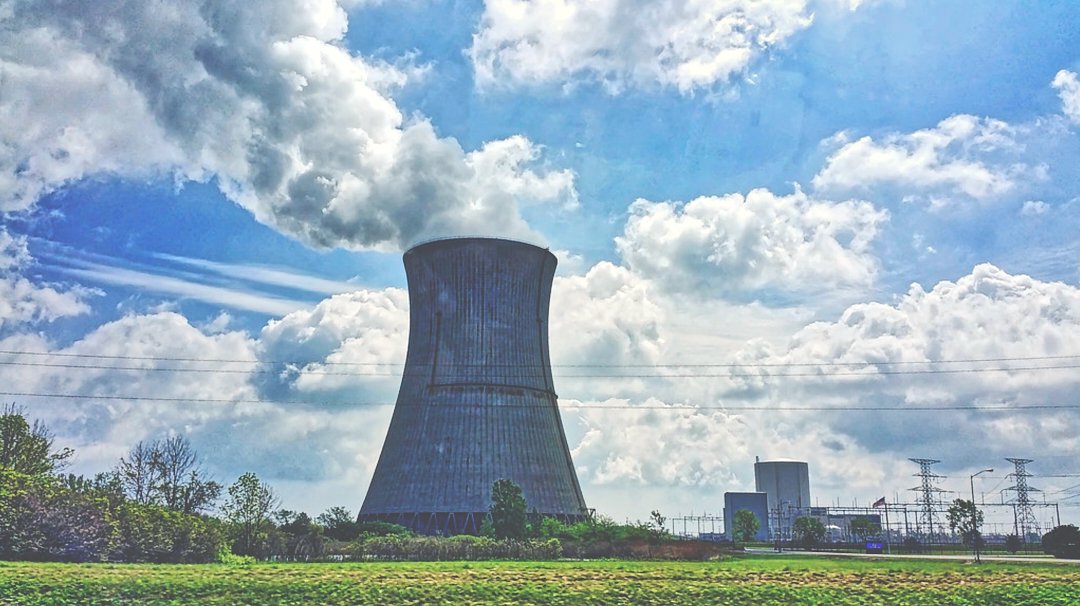#65 Nuclear Power
Are you even aware that the Fukushima Nuclear Power Plant is still draining into the ocean? Or have you ever really thought about the power of nuclear technology? Nuclear power is classified as a clean form of energy, but what are the byproducts and risks associated with nuclear power? Take a look.
The Nuclear Truth:
Nuclear fusion is the combining of two light atoms into a heavier one and nuclear fission is the splitting of a heavy atom. Both ways make massive amounts of energy called nuclear power. However, it can be toxic for humans and wildlife. Though nuclear energy does not produce carbon emissions directly, the construction of plants, uranium mining and manufacturing operations all produce C02 emissions contributing to global warming. There have been several large nuclear meltdowns in history that have released radioactive waste impacting the people and the environment. Since 2011 the Fukushima Power Plant in Japan has been spilling radioactive waste into the water at a rate of 2 billion becquerels a day. Here are some additional facts on nuclear power.
Nuclear Power Facts:
Nuclear power plants account for 11% of global electricity generation.
Nuclear energy, through fission, can release 1 million times more energy per atom than fossil fuels.
Waste from nuclear power plants can remain active for hundreds of thousands of years.
The cooling system in nuclear plants pulls water from an ocean or river source. Fish are inadvertently captured in the cooling system intake and killed. Then it is returned to the ocean or river. The water that is returned is approximately 25 degrees warmer than the water was originally. The warmer water kills some species of fish and plant life.
The Fukushima disaster currently has as much as much as 150 tons of groundwater seeping into the reactors through cracks in the foundation, becoming contaminated with radioactive isotopes in the process, which has to be stored in safety tanks. They are currently building a storage tank every 4 days.
More than 120 million Americans live within 50 miles of a US nuclear power plant.
Scientific studies have shown an increased rate of cancer among people who live near nuclear power plants.
Long-term exposure to low level radiation has been shown to damage DNA.
How Can I Make An Impact ?
Action 1: Global Goodness
Reducing your energy consumption is critical. The more energy we consume, the more nuclear facilities have to be built to produce energy for us. This is by far the best way to make an impact on demand for nuclear power.
Have a home? Check out the costs of solar power and see how much you can save long term while helping the planet.
Action 2: Planet Protector
All of Action 1
Educate others on the impact of nuclear power and fallout. Many people don’t know how extreme nuclear as a source of energy is. Spread the word.
Promote wind and solar as resources for alternative energy production.
Insulate your home properly. In the winter homes lose large amounts of energy when not properly insulated.
Action 3: Earth Angel
All of Action 1 & 2
Write the Secretary of State for Energy and Climate Change sharing your hope for alternative forms of energy.
Join an anti-nuclear campaign. There are advocates for the planet working toward cohesion with growing energy needs and greener resources.
Choose to be an Ambassador for Change, and always Spread Love and Spread Light.


